Hydrangea "Tardiva": description, planting and care, reproduction
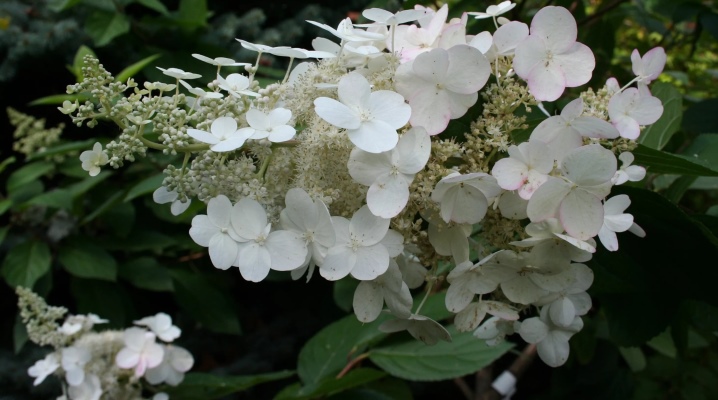
Hydrangea "Tardiva", among other varieties, stands out for the rather late appearance of inflorescences on the bush. This variety is used in winter bouquets and when creating various flower arrangements. The density of the shrub allows it to form magnificent fences.
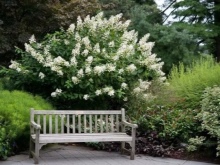

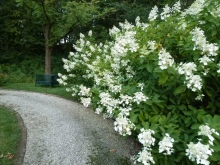
Description and characteristics
Japan is considered the native country of the shrub, although the plant has long been found in the regions of China and Sakhalin, hence its frost-resistant abilities. Hydrangea Tardiva is one of the paniculate varieties, notable for the peculiar shape of the flowers and their sweet honey smell. The plant is a rounded shrub with an average height of 2 m, although with proper care and good conditions it is quite capable of reaching 3 m. The shoots are rather large in size, their texture quickly becomes woody. This feature of the stems serves as their protection from the cold.
The flowers are narrowed, conical and white-pink in color. At the very beginning of flowering, the formed small buds with stamens acquire a creamy hue, but as they grow, they become a delicate pale pink color. The flowering shrub is distinguished by its density. Paniculate inflorescences begin to form at the ends of the shoots around the third year of the plant's life, their length can vary from 40 to 55 cm. The buds appear in August-September and bloom until November.
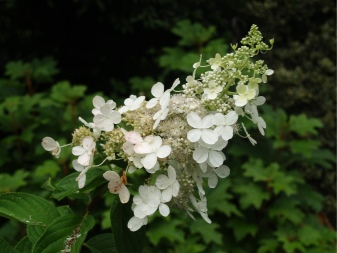
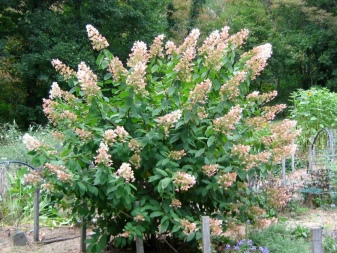
The bush grows quite quickly and can significantly increase in size in one season. The shrub, despite its demanding care, is quite amenable to cultivation on the territory of Russia, even in areas with a difficult climate. But due to its late flowering, it is still worth growing in regions with warm climates in order to fully enjoy the beauty of flowering. The characteristic features of the Tardiva hydrangea include:
- rather high resistance to diseases of the root system;
- winter hardiness;
- fast renewal of damaged parts;
- the possibility of growing in the same place for quite a long time;
- long flowering period.
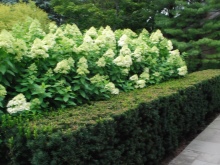
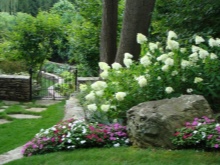
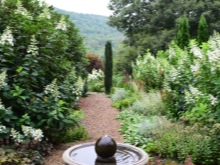
Landing
The first step before planting a hydrangea is to choose a suitable place: it should be well lit, but not in direct sunlight. An area in partial shade and well protected from the wind is ideal. During planting, the soil in which the plant is planted must be well warmed up - this is a very important condition, otherwise the seedling will not be accepted. In the northern regions, the bushes should be planted in early spring, and in warmer regions - in the fall.
The root system of the shrub grows very quickly and in volume, so the distance between the bushes must be maintained at 2.5-3 m.
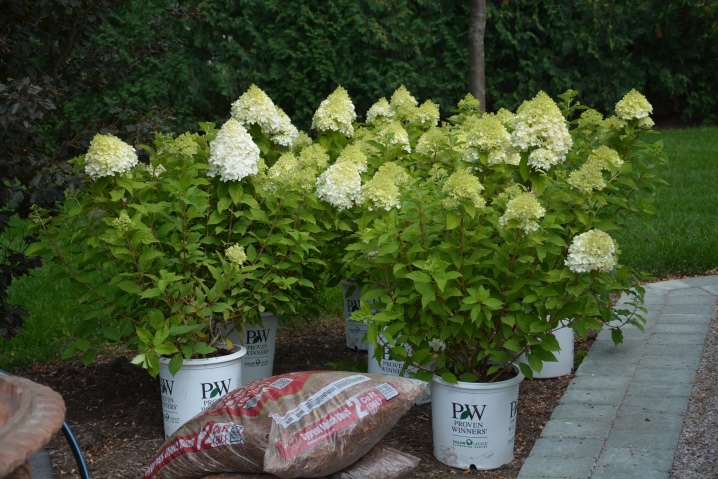
When planting plants in groups, the bushes should be thinned out. The planting algorithm for Tardiva hydrangea is as follows:
- the hole must be prepared in advance, its recommended dimensions are 50 * 50 * 60 cm;
- pour a 10 cm layer of peat at the bottom of the pit;
- place the seedling in the hole, leaving the root collar 5-6 cm above ground level;
- Carefully fill the hole, moisten the plant, and tamp the soil around it.

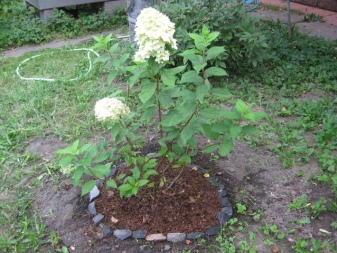
After 2-3 weeks, new leaves should appear on the seedlings, this indicates that it has taken root and started growing. Hydrangea soil is suitable for low to medium acidity.
To achieve the required PH level, experts recommend squeezing a little lemon juice into the water for irrigation; brown peat, pine needles or sawdust are also added to the soil to slightly increase the acidity. If, on the contrary, it is necessary to lower the PH level, then ash or lime is mixed into the soil.
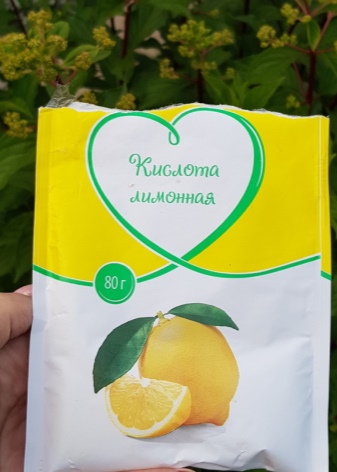
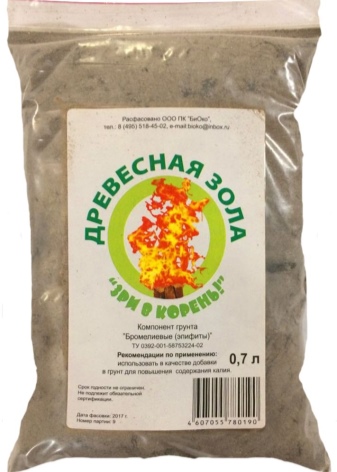
Care rules
Hydrangea "Tardiva" can tolerate drought normally, but you should not allow the soil to dry out significantly. The optimal amount of watering is once a week, while it should be combined with mineral dressings. It is recommended to add approximately 30 liters of water per 1 m2 at a time. With improper moisture, the plant will poorly form buds, besides, the inflorescences will dry out quite quickly. If it rained in the near future, then the number of waterings should be reduced.
It is also important to consider that at the first moistening, the soil should not be washed away at the plant trunk... Hydrangea needs timely feeding. With the onset of spring, it is recommended to apply nitrogen-containing fertilizers under the bush.
Adding humus to the soil as a top dressing affects the flowering of the plant, it becomes more abundant. During the flowering period itself, the shrub needs mineral supplements containing potassium and phosphorus.
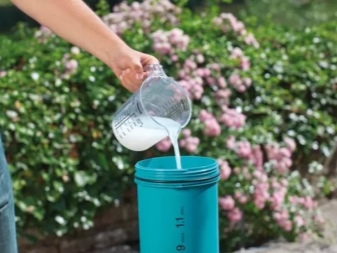
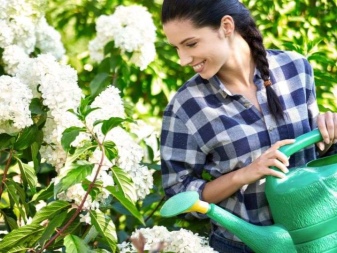
Fertilizer should be applied no more than 1 time per 2 weeks. In August, feeding is stopped to give the shrub time to prepare for pruning. The haircut procedure is carried out after the end of flowering. All wilted flowers and dry shoots are removed, the crown of the bush is given the desired shape. Experts recommend that all thin stems be shortened to 4 buds.
You can cut the plant in the spring, but only before the buds appear on the shoots. During this period, they carry out mainly sanitary cutting, remove frozen or damaged shoots, and also thin out bushes, cutting off excess branches. For mature bushes, which are characterized by a rather weak flowering, you need to carry out anti-aging pruning: the plant is pruned at the root. This procedure predisposes to more rapid formation of new shoots. To achieve a dense and violent flowering, in the first year it is worth cutting off all the inflorescences, these manipulations contribute to the appearance of numerous flowers in the coming season.
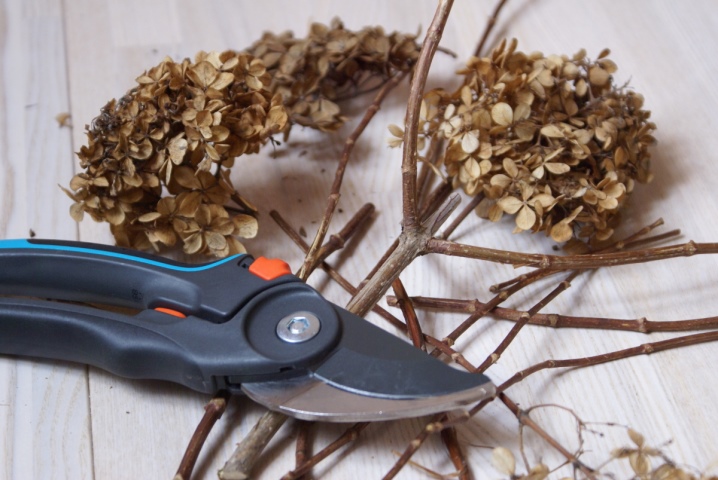
An important nuance in caring for representatives of this variety is loosening the soil around the circumference of the plant, as well as removing weeds and grass.
It is necessary to loosen the ground carefully, since the roots of the hydrangea are located quite close to the surface of the soil, they can be easily damaged. Improper loosening will result in weakening of the bush, weak flowering and a small amount of foliage.
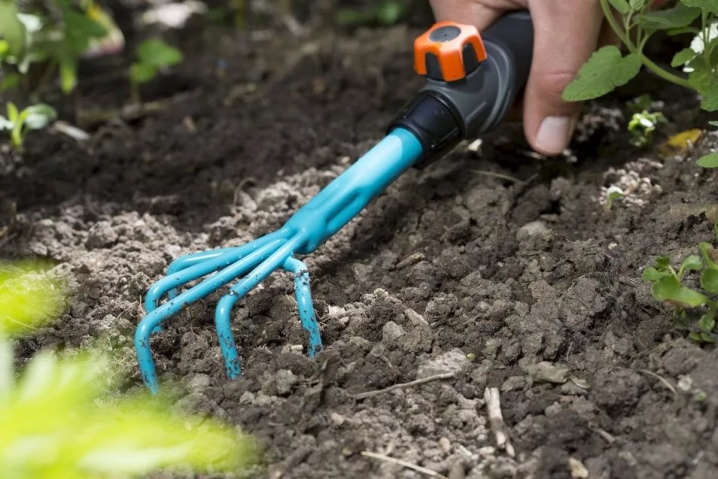
Although the shrub is frost-hardy, it still needs preparation for winter. To prevent the roots from freezing, humus, dry foliage or needles are spread around the trunk. In areas with a harsh climate, it is necessary to insulate the entire bush. For this you need:
- wrap it with breathable covering material;
- for 25-30 cm from the bush, install a mesh frame around its entire circumference;
- pour dry, fallen leaves into it;
- wrap the filled frame with polyethylene.
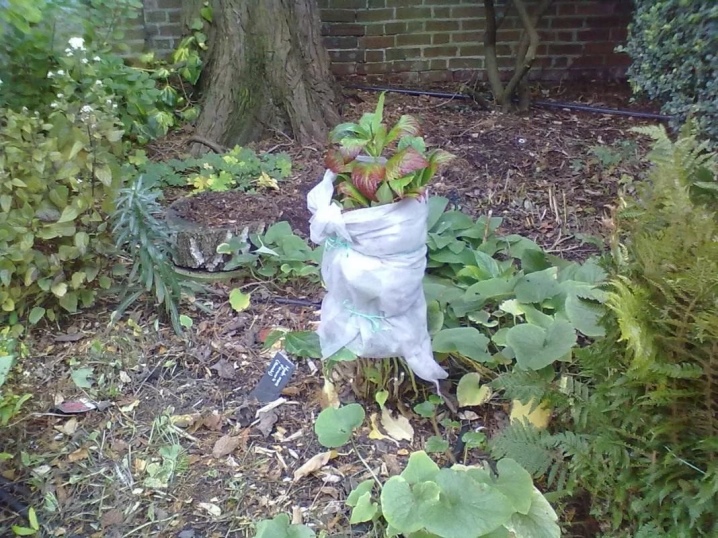
Reproduction
To breed this shrub, several breeding methods are used:
cuttings;
dividing the bush;
layering.
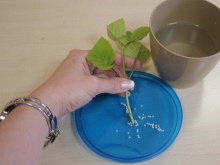
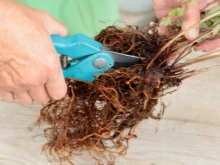
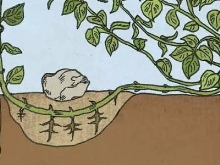
For the first method, cuttings are harvested in the summer. To do this, cut off young stems that did not have time to lignify. Propagation by cuttings is carried out as follows:
- the cut parts are placed in water for 2-3 days;
- the lower leaves are removed from the cuttings;
- shoots are treated with a preparation to stimulate growth;
- prepared cuttings are planted in a container with soil, which includes peat and sand;
- the container is covered with polyethylene or glass, creating a mini-greenhouse;
- planted cuttings are kept in the basement;
- seedlings need to be moistened periodically;
- at the end of August, the cuttings already have a formed strong root system, and they are quite ready for planting in open soil.
This breeding method is the most popular and effective.
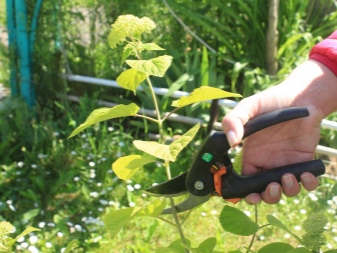
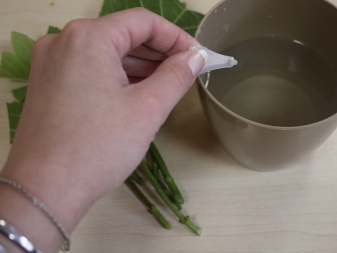
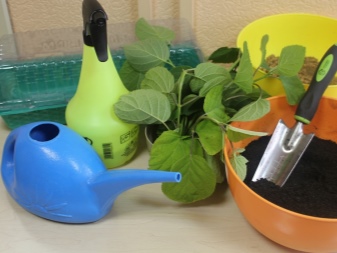

When breeding hydrangeas by division, at the end of flowering, the bush is dug up and divided into several parts, each of which must have at least one growth bud. Then each flower is planted in a separate planting hole with pre-prepared soil. For this, organic or mineral fertilizing is introduced.

With the help of cuttings, shrubs can be propagated only in the spring season.This method of reproduction is used quite rarely, since the result is not always positive. For him:
- dig a hole 15-20 cm deep near the bush;
- the lower young shoot is placed in the hole and sprinkled with soil;
- water the branch as the soil dries up;
- after the formation of new leaves on the layer, it is separated from the mother plant and planted in a new place.
With a successful outcome, the entire period of formation of a new plant takes 2-3 weeks.
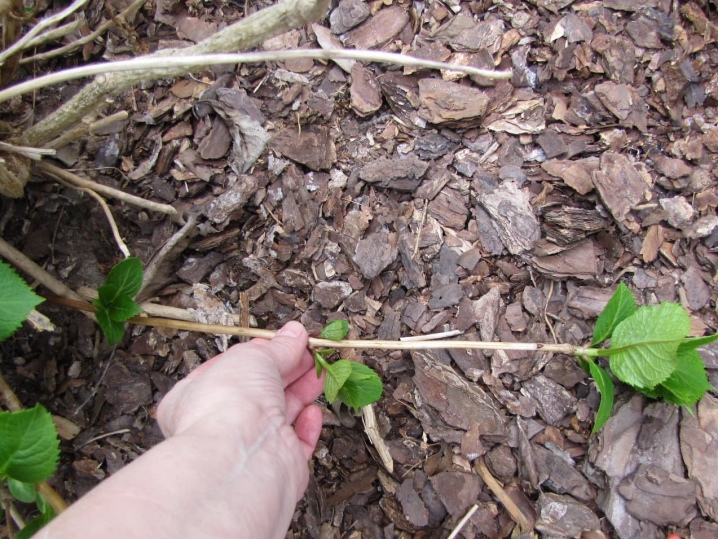
Hydrangea Tardiva will serve as a real decoration of any site, you just have to give it a little attention and care.
You will learn more about planting, caring and pruning hydrangeas below.



































































The comment was sent successfully.